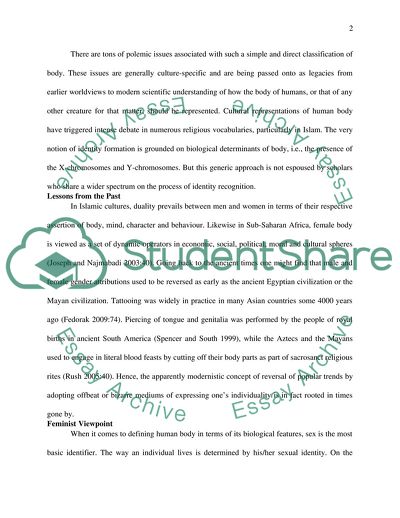Cite this document
(The Participation of Bodies in Gender Discourses Term Paper, n.d.)
The Participation of Bodies in Gender Discourses Term Paper. Retrieved from https://studentshare.org/sociology/1733603-the-body-and-its-representations
The Participation of Bodies in Gender Discourses Term Paper. Retrieved from https://studentshare.org/sociology/1733603-the-body-and-its-representations
(The Participation of Bodies in Gender Discourses Term Paper)
The Participation of Bodies in Gender Discourses Term Paper. https://studentshare.org/sociology/1733603-the-body-and-its-representations.
The Participation of Bodies in Gender Discourses Term Paper. https://studentshare.org/sociology/1733603-the-body-and-its-representations.
“The Participation of Bodies in Gender Discourses Term Paper”. https://studentshare.org/sociology/1733603-the-body-and-its-representations.


